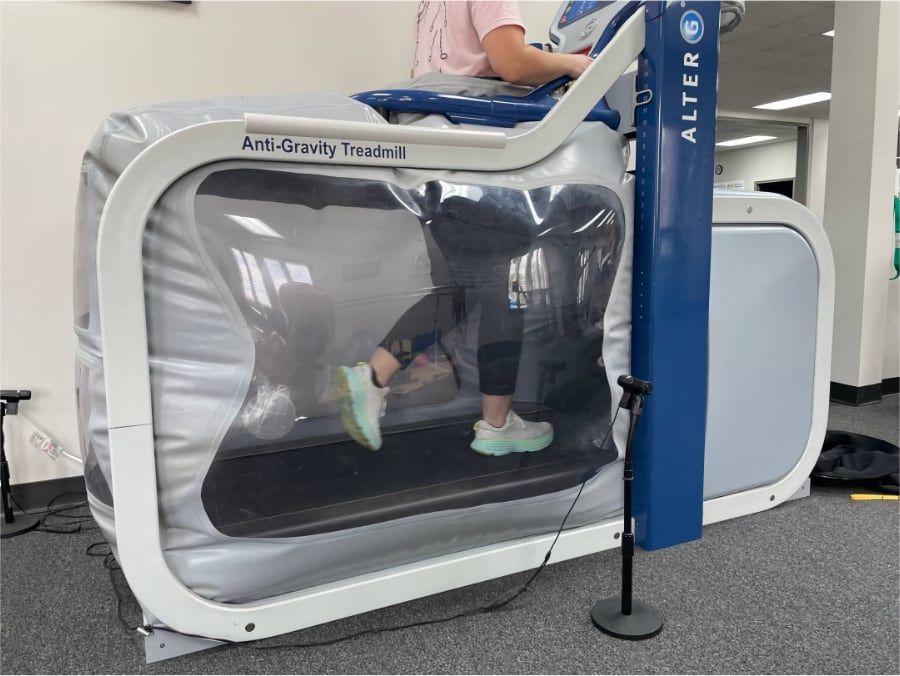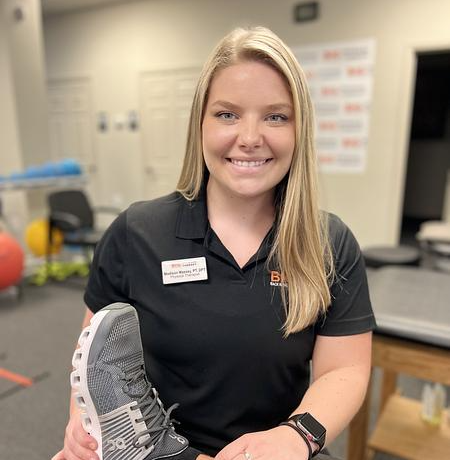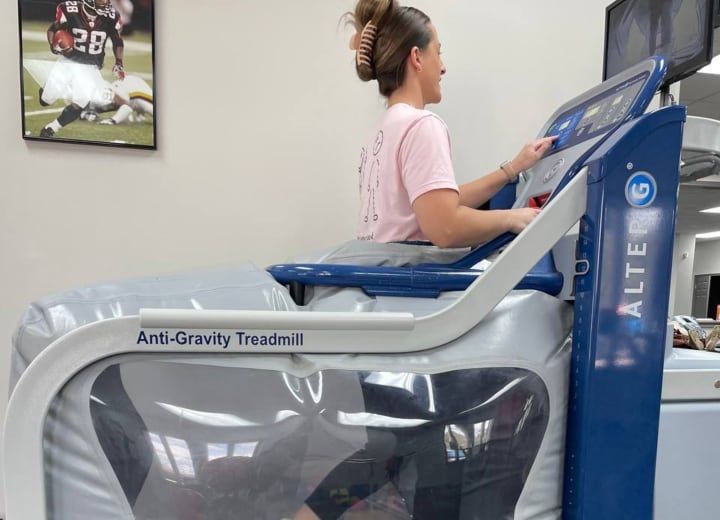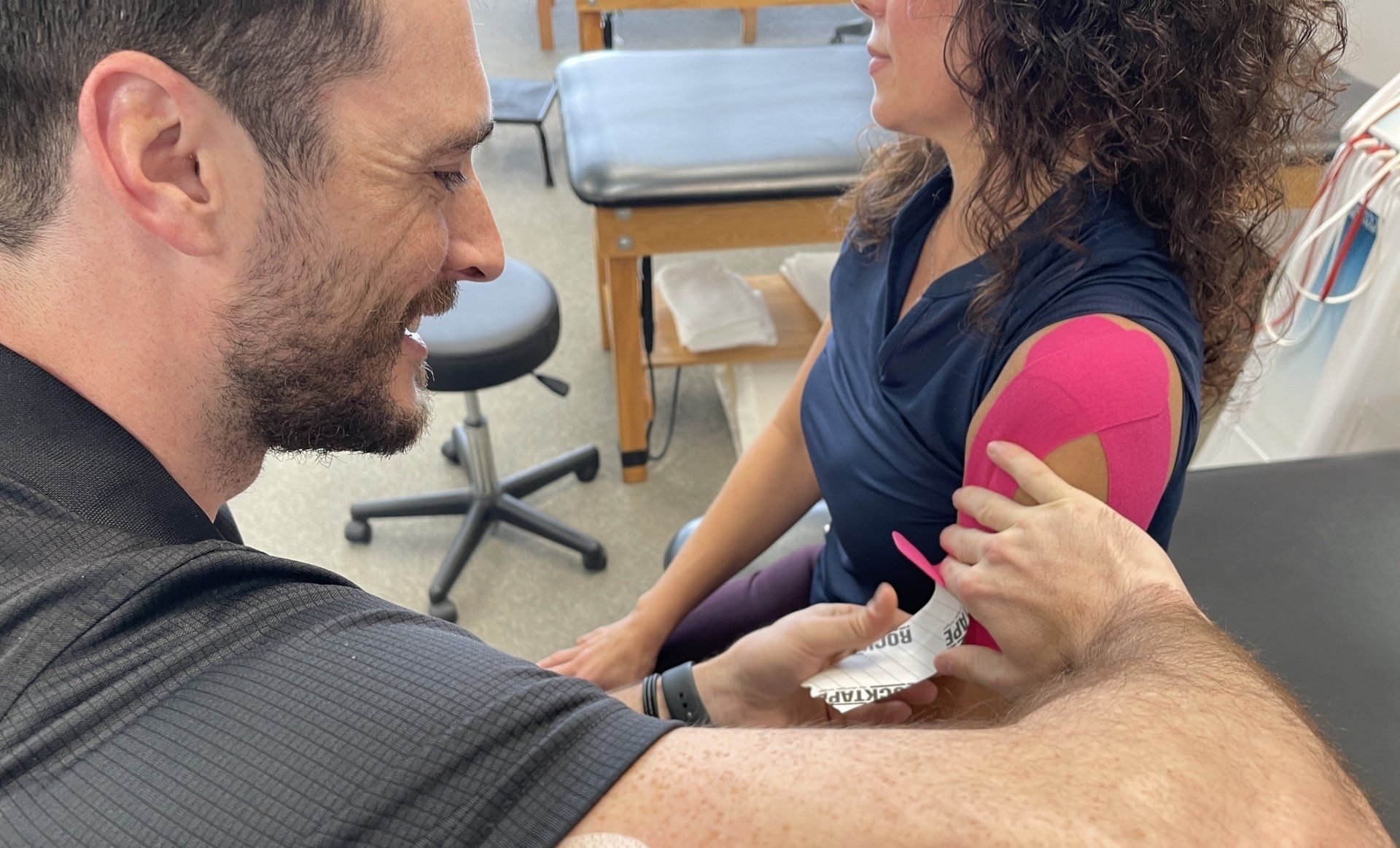Why Does Muscle Swelling Occur After an Injury?
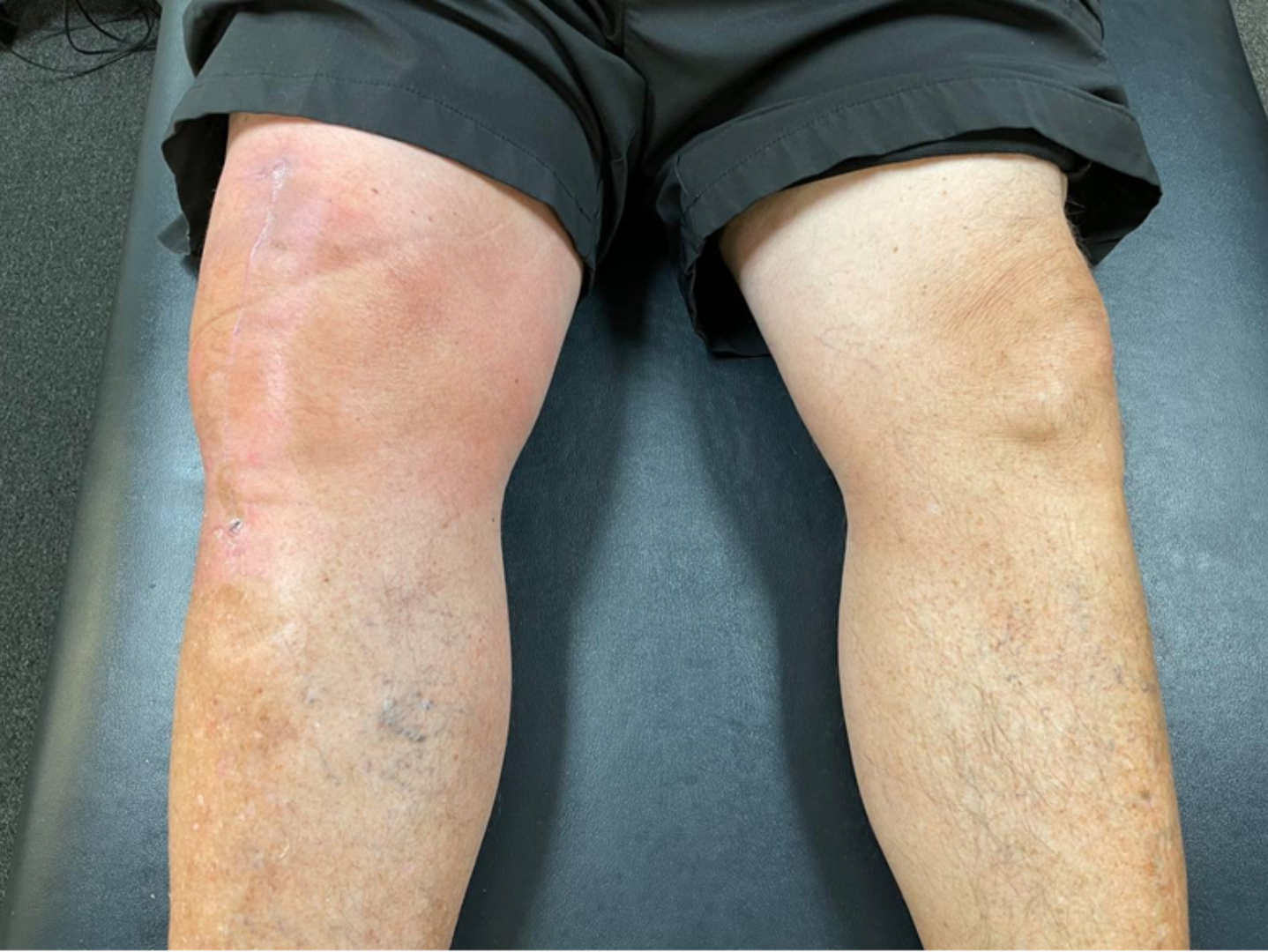
It is pretty common that an injury leads to swelling in that area. While swelling can be painful and uncomfortable, it actually can be very useful. However, swelling can also indicate that there is a bigger problem that you need to investigate. Here, we explore why swelling occurs and how you should handle it, specifically when it comes to physical therapy.
What Causes Muscle Swelling?
Swelling is the body’s reaction to an injury. It is caused by an influx of white blood cells to the injured area. White blood cells are your body’s first line of defense when you are injured. They immediately go to work to start the healing process. Swelling is also caused by extra blood flow to the area. The extra blood and white blood cells press on the nerves in that area, often causing pain.
Although swelling is uncomfortable, it can be useful to protect the injured area. The increase of blood and white blood cells can make healing occur faster, and when the injured area is in pain, you are less likely to use it. Limiting use can, in some instances, help with the healing process. If nothing else, the pain signals that there is something wrong that requires investigation.
Is Swelling Good or Bad?
Swelling is a completely normal reaction to injury. In most situations, it is good. However, swelling can also become excessive, so it causes more harm than good. Late swelling, for instance, is often harmful.
Excessive swelling can result in a reluctance to use the injured area, which can lead to muscle weakness and atrophy. For this reason, going through physical therapy even though there is swelling may be a good idea. For instance, there are many benefits of working through swelling in
physical therapy after ACL surgery, so you can increase the speed at which you recover.
How Can You Manage or Minimize Swelling?
To address swelling, you may want to remember PRICE:
P = Protect the area from further damage. You may need to avoid putting weight on the body part or use a brace or wrap.
R = Rest, which includes not moving the body part in an overly painful way. Movement can be a good thing, but not when it results in excessive pain.
I = Ice the area to help address pain. However, too much ice can cause more harm than good. Only about 20 minutes out of every hour is a good rule of thumb.
C = Compression can help reduce or control swelling. Kinesiology tape, for instance, might be a good option in some cases.
E = Elevation above your heart can also reduce swelling.
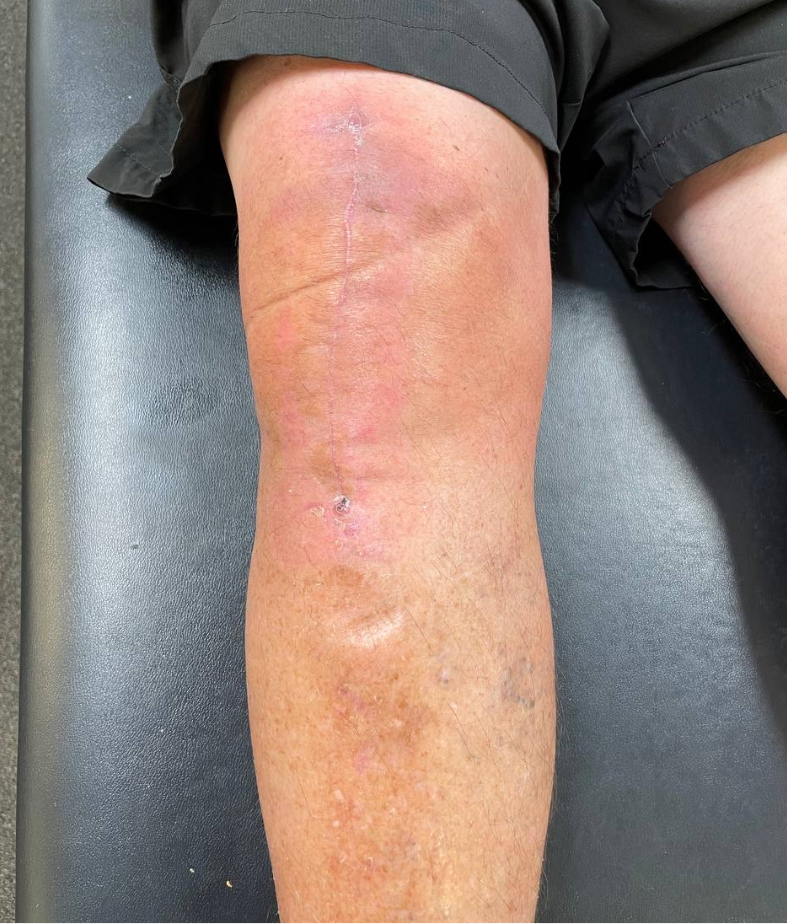
When Should You Seek Medical Attention?
It is a good idea to seek medical attention for swelling if the swelling becomes excessive and very painful. In addition, if you have swelling that does not seem to be associated with an injury, seek help. Trouble breathing, coughing up blood, fever, or chest pains are all signs that you may need emergency medical help.
Physical therapy can be a great way to get back on your feet after an injury. It can also help with swelling by increasing gentle movements to encourage healing as well. Learn more from Back in the Game by
scheduling an appointment today.
About the Author
Madison Massey PT, DPT
Physical Therapist
Specialties: Sports Injuries, Post-surgical conditions
Certifications: Dry Needling, Champion Performance Specialist (C-PS)
Location(s): Flowery Branch, GA
Contact
Request an appointment
